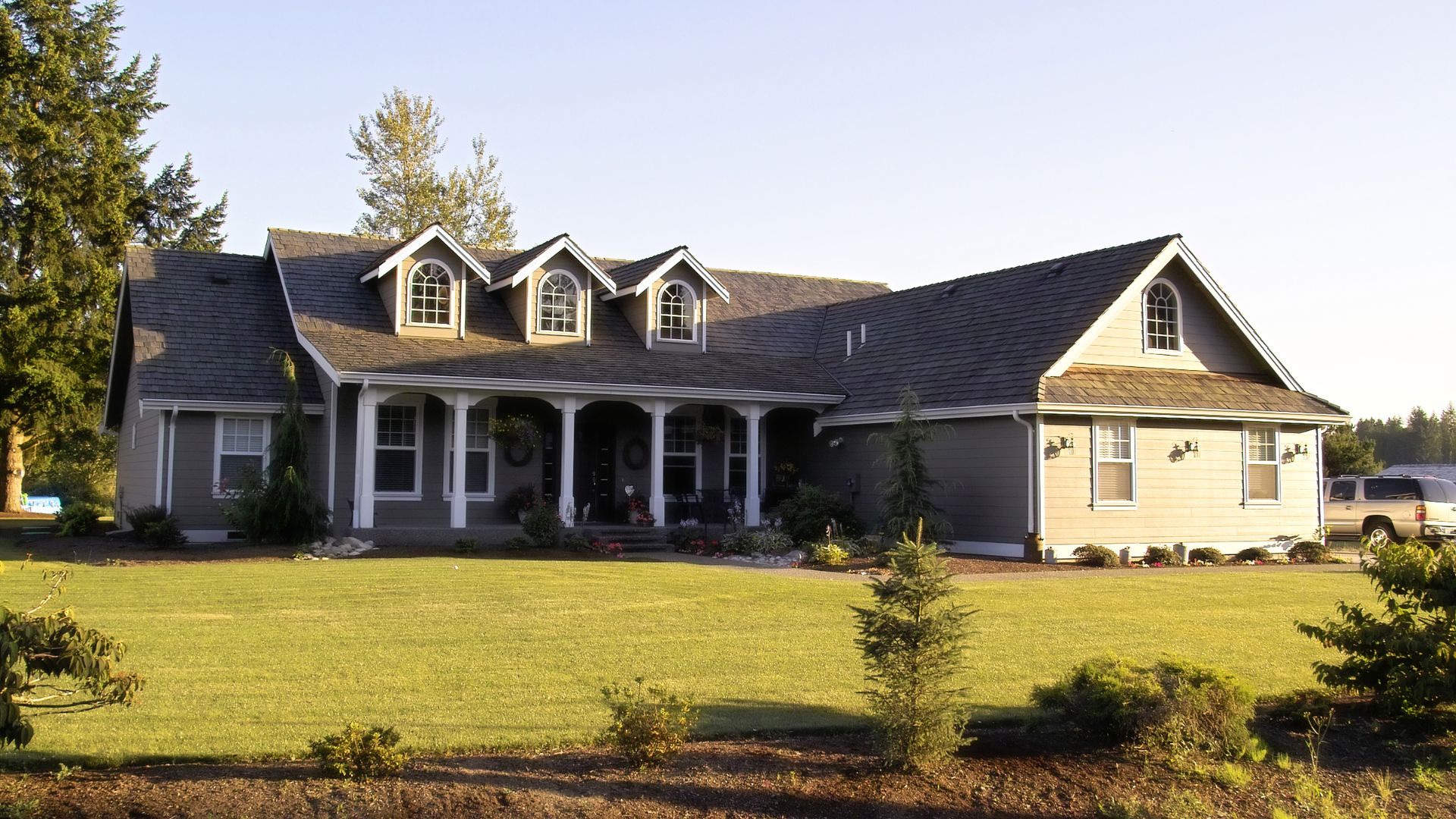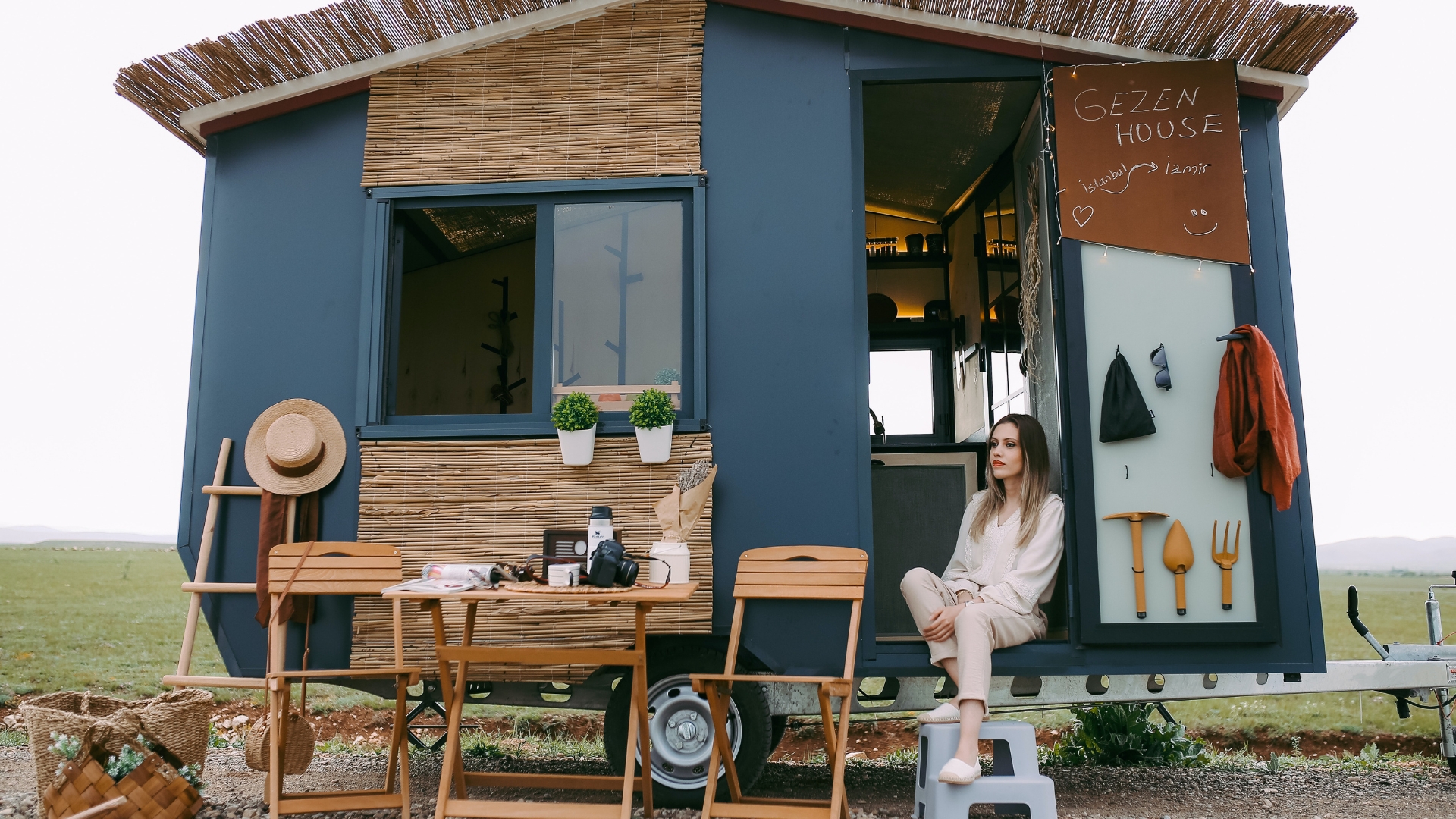Stability continues to underpin Winnipeg’s residential housing market, with demand strongest in the $500,000 to $600,000 range. First-time and move-up buyers are particularly active, gravitating toward 1980s- to 1990s-era detached and semi-detached homes with garages. Activity at higher price points over $600,000 tends to taper, as financing becomes a bigger part of the picture.
The housing market is balanced at present but is leaning toward seller’s market conditions at lower price points. Average price continues to edge up, despite market uncertainties. Consumer confidence has taken a hit, but many of today’s buyers are coming out of rentals and apartments. For the right property, most buyers are willing to invest some sweat equity to realize home ownership.
Winnipeg was one of the top markets in the country between 2004 and 2014, experiencing a compounded annual growth rate of 8.41 per cent throughout the decade, despite the global financial crisis of 2008-2009. Momentum accelerated in 2006 when the federal government relaxed lending criteria, with Canada Mortgage and Housing Corporation (CMHC) insuring 40-year amortization periods and zero-down mortgages. Although these measures were reversed in 2008, activity was re-ignited when overnight bank rates dropped to 0.25 per cent in 2009 and remained relatively low until 2011, fueling another wave of growth.
With home prices hovering at almost $400,000 (average price across all residential types), affordability is a growing issue, as pent-up demand builds at virtually all price points. Multiple offers are occurring on homes in the sweet spot of $400,000 to $500,000 — especially those in good locations and that show well. Some of the newer homes available for sale now allow for rental suites, while others extend to mixed-use, allowing for businesses to legally operate out of a principal residence, thereby helping to offset mortgage costs. Parental assistance is also occurring as post-pandemic buyers pool resources to get the home that they want.
The downsizing trend continues as empty nesters and retirees move to simplify their lives in Winnipeg, with many looking at properties priced around $500,000. Given tighter inventory levels at this price point and softer sales at the top end of the market, many end up holding onto their properties longer than expected.
According to TD Economics Provincial Economic Forecast release in June 2025, Manitoba’s GDP is expected to grow by 1.1 per cent in 2025, repeating last year’s modest pace. Growth will be supported by a rebound in the utilities sector and strong non-residential construction, including two major hospital projects. The provincial government is expected to heavily influence GDP growth through higher infrastructure outlays in the year ahead. It has also pledged tariff supports amounting to almost one per cent of GDP to offset US tariffs on pharmaceutical products — Manitoba’s largest southbound export.
Population in the Winnipeg CMA has grown almost 40 per cent over 30 years, with the number of residents now approaching one million. Growth through immigration and in-migration is expected to bolster home-buying activity in the years ahead. While affordability is an issue locally, housing is more affordable in Winnipeg than most other major cities in Canada.






